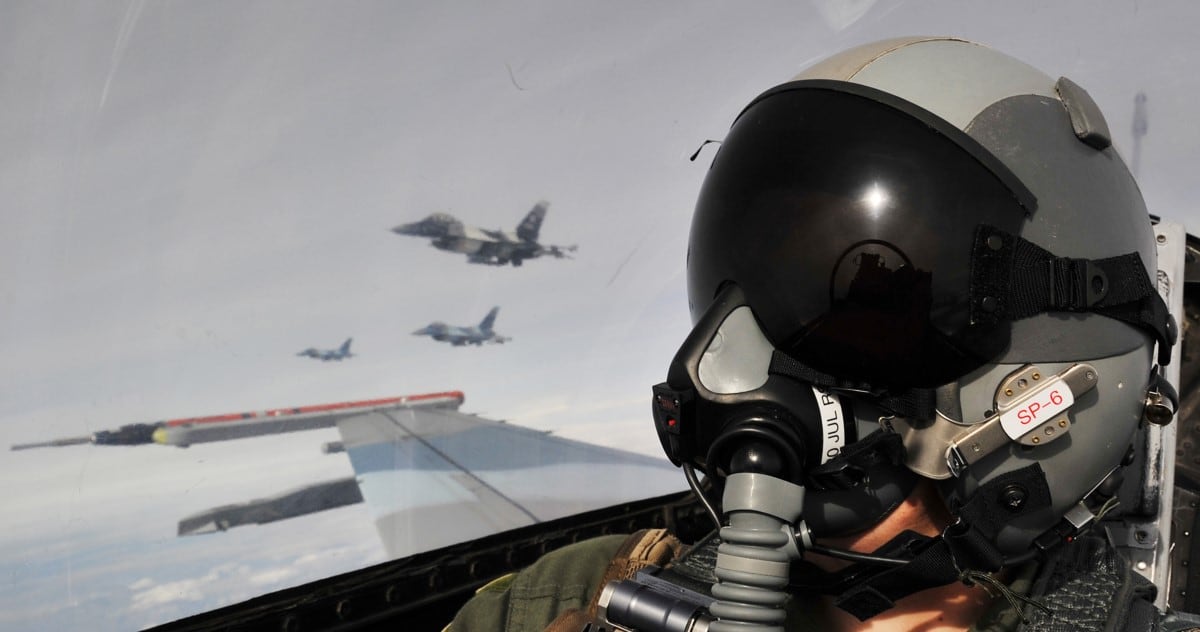A team of retired generals and other top military aviation experts is traveling the world to check in with aviation units throughout the Army, Air Force, Navy and Marine Corps, as well as their Reserve and National Guard components, on a mission to help the Defense Department solve some of its glaring issues with the readiness of its aircraft and aircrews.
As the death toll from helicopter and plane crashes hit a six-year high in 2018 ― 38 in total, 24 of those during training ― Congress responded by ordering a top-to-bottom review of aircraft mishaps from 2013 to 2018, charging the National Commission on Military Aviation Safety to investigate, crunch numbers and come back with some answers.
“Our approach is, we will meet everything Congress said, but we’re going to write the report for Congress, for the services, and write it with an eye toward making it useful on the flightline – so somebody will read it,” NCMAS chairman retired Army Gen. Dick Cody, a former vice chief of staff, career helicopter pilot and aviation maintenance officer, told reporters Monday.
In the past few months, Cody said, commissioners have made 70 site visits around the country, and are preparing for a tip to the Indo-Pacific region later this week. The feedback they collect from pilots and maintainers on the ground will be compared and contrasted with a trove of information they’re collecting from the services on their Class A, B and C mishaps.
Accidents are defined as Class A when they result in at least $2 million in damage and/or a death or permanent disability. A crash is considered Class B if there is more than $500,000, but less than $2 million, in damages, and/or a permanent partial disability or three or more people hospitalized.
Class C is at least $50,000, but less than $500,000, and/or nonfatal injuries that require time off from work. Class D is between $20,000 and $49,999.99 in damages, and/or any other injury or illness that doesn’t meet the parameters for a higher rating.
Studies by think tanks and other groups have largely focused on Class A’s, due to their costliness in both equipment and human life. But, Cody said, the commission plans to dig into all categories, with particular attention to C’s.
“I have a fixed opinion that the difference between a Class C and a Class A is inches and luck,” he said, adding that they’re a harbinger for worse things to come, and there are lessons to be learned from small accidents that didn’t become much worse.
And because each service tracks its mishaps a little differently, he said, one of the major projects will be de-conflicting data so they can look at a similar picture across the four branches.
“We’ve got the attitude that the absence of an accident doesn’t mean the presence of safety,” he said. “I think we’re going to learn as much from the C’s and the A’s.”
Despite mishaps being the more dire facet of military aviation, the commission has a laundry list of issue it wants to investigate:
- Pilot retention, as the Air Force and Army in particular have been struggling with keeping experienced pilots on active duty.
- Transitions between legacy airframes and their replacements, as units train on new aircraft while flying and maintaining the old ones.
- Training pipelines and how they might be tweaked or beefed up to create more prepared junior pilots, more quickly.
- Operational tempo and how it wears on aircraft maintenance, as well as aircrew morale.
- Physiological events, also known as hypoxia and decompression sickness, which have been plaguing fighter jet communities.
- Budgets and continuing resolutions, and how they affect maintenance capacity and flight hours.
- Readiness rates, of both aircraft and aircrews, which will also require some re-organization across services to be able to compare and contrast.
Service members can anonymously submit their own tips on the commission’s website.
RELATED

“It’s too soon to draw any conclusions. As long as you are following the data, you’ll come to the right conclusions,” retired Coast Guard Capt. Dick Healing, the commission’s vice chairman, told reporters. “In aviation, [with] hard data saying that a change you’re thinking about making will improve the situation and do no harm, then it’s worth considering.”
The commission’s report is technically due in March, NCMAS’s executive director, retired Air Force Maj. Gen. Greg Feest, told reporters, but they’ve asked for an eight-month extension.
The government shutdown at the beginning of last year meant when they stood up the commission with its top leadership, there was no funding to get things rolling, which pushed their timeline out nine months.
The goal now is to have interim briefing to Congress in the spring, with a final report due in December 2020.
Meghann Myers is the Pentagon bureau chief at Military Times. She covers operations, policy, personnel, leadership and other issues affecting service members.





